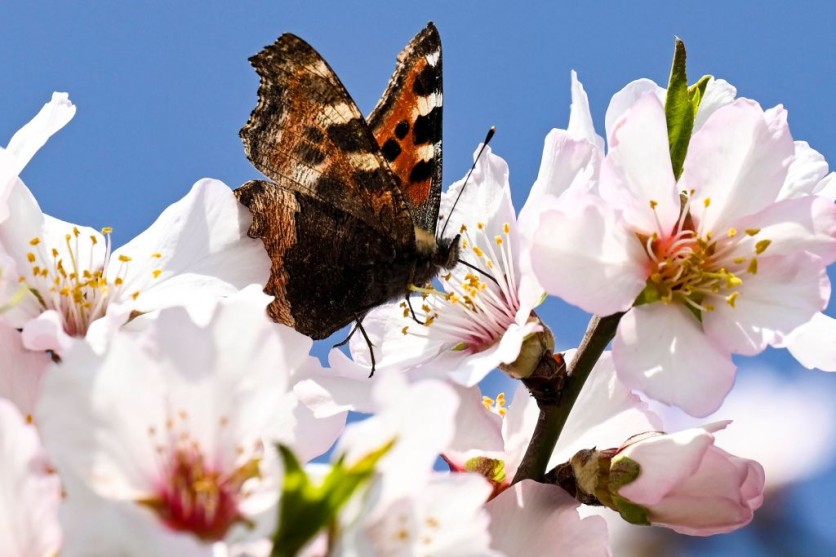A researcher from the University of Central Florida has drawn inspiration from butterflies to create the first eco-friendly, large-scale and multicolor alternative to pigment-based paint, as reported by PhysOrg. The paint can contribute to energy-saving efforts that can also reduce global warming.

The team used a plasmic paint that uses a nanoscale structural arrangement of colorless materials instead of using pigment to create colors. Structural colorants are materials that create colors by manipulating light in a way that is based on the material's physical structure.
Instead of relying on the molecule of the material to absorb specific wavelengths of light, structural colorants use the shape of the material to reflect, scatter, or absorb certain wavelengths of light. This means that any color can be created using the same material, rather than needing a different molecule for each color.
Structural colors are a more environmentally friendly way of producing color, since they rely on metals and oxides instead of artificially created molecules like those used for the traditional pigment-based colors.
Also read: NASA Can Use Paint To Save Earth From Asteroid Impact
How It Was Done
The researchers have taken their structural color flakes and mixed them with a commercial binder to create durable paints in a range of colors. Plasmonic paint has the ability to reflect the entire infrared spectrum, meaning that less heat is absorbed by the paint and the surface beneath it stays much cooler than if it were painted with regular paint. This temperature difference can be up to 25 to 30 degrees Fahrenheit.
Plasmonic paint is an incredibly lightweight material due to its extremely thin layer. Even with its small size, it has the capacity to provide a full range of colors, only requiring a thickness of 150 nanometers. This makes it the lightest paint available on the market.
The paint developed by the researcher is incredibly light, so much so that only a small amount of it is needed to coat a huge plane like a Boeing 747. It is inspired by the vivid colors of butterflies and has used that inspiration to create this groundbreaking new type of paint.
The plasmonic paint is also incredibly durable, making it ideal for use on aircraft. It can withstand extreme temperatures and UV radiation without losing its color or fading over time. Additionally, the material has a high level of corrosion resistance to ensure that it will remain vibrant even in harsh environments like those found at high altitudes.
This revolutionary new type of paint could revolutionize air travel as we know it today by drastically reducing fuel costs due to improved aerodynamics from the lighter-weight coating on planes and other vehicles.
The reduction in heat absorption also means less wear-and-tear on engines which would lead to fewer maintenance issues down the line as well as an overall increase in performance efficiency when flying through hot climates or areas with intense sunlight exposure, such as deserts or tropical regions.
Not only does this technology have potential applications within aviation, but there are many other uses, too, including automotive coatings, architectural finishes for buildings and homes, marine paints for boats/ships etc., interior design elements (elevator walls), medical device coatings (endoscopes) among others - all benefiting from decreased energy consumption due to reduced thermal load caused by reflective surfaces coated with plasmonic paint.
Related article: Drying Paint Reveals How Particles Separate According To Size

ⓒ 2025 TECHTIMES.com All rights reserved. Do not reproduce without permission.




